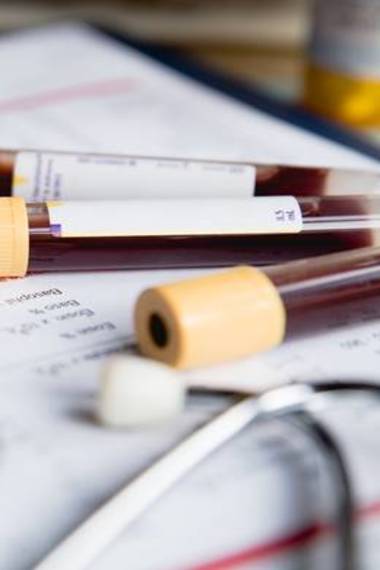Supporting blood storage for transfusions

The transfusion of red blood cells is a common practice in contemporary medicine. Red blood cells are rich in haemoglobin, enabling them to carry essential oxygen from the lungs through to body tissues. Blood donation is still the only way to provide these lifesaving cells to patients. Blood taken from donors is tested for pathogens and then it is separated into various useful components, including red cells, platelets and plasma.
In general, red blood cells can be stored for about a month to six weeks, however prolonged storage periods can result in the red blood cells undergoing structural and metabolic changes. These changes can in turn decrease the survival of red blood cells after transfusion occurs, and affect mortality rates in patients who receive the product. Evidence indicates that when older blood is used in transfusions, macrophages (types of immune cells) in the new host tend to phagocytose - or eat up - the red blood cells. Prolonged storage can result in as many as 25-30% of the red blood cells being affected.
New Swedish research indicates exciting potential for fucoidan to play a role in prolonging the shelf life of red blood cells. The study found that adding fucoidan to the stored blood prevented this phagocytosis by blocking the macrophage scavenger receptor A. Indeed, by adding fucoidan or dextran sulphate (both blockers of scavenger receptor A), phagocytosis was reduced by more than 90%.
The 2020 study, ‘In vitro phagocytosis of liquid-stored red blood cells requires serum and can be inhibited with fucoidan and dextran sulphate’ by Hult et al. can be read here.